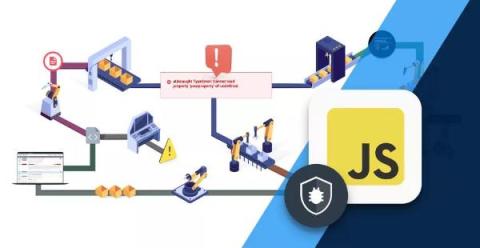Systems | Development | Analytics | API | Testing
Bugfender
Robust JavaScript Exception Handling: Best Practices and Tools
Understanding Android In-App Purchases: A Developers' Guide
Exploring Swift Extensions: Strategies for Efficient iOS Code
The iOS Developer's Playbook: Mastering SwiftUI Forms
Understand Microfrontends: A Guide for Developers and CTOs
Swift Code Analysis: Integrating Sonarqube
SonarQube is an open-source platform that allows you to continuously inspect and measure code quality as you develop your project. It provides static code analysis for code issues, security issues, and code smells in various programming languages, including Swift. This helps development teams maintain and improve code quality by identifying and finding issues in the development lifecycle, if paired with a good testing methodology it can make a difference in your app quality.
A Comprehensive NextJS Router Guide for Developers
ReactJS is undoubtedly the most popular library for developers to build web and mobile applications. Its community is vast, so you get all the support you need as a developer while building applications. However, ReactJS is just a library for user interface development. It encourages us to build applications with the component architecture, which follows a tree hierarchy.
Unlocking the Power of Swift Generics: A Comprehensive Guide for Developers
Swift is a high-level programming language developed by Apple, which first appeared on June 2, 2014. Swift is vast and complex, containing all the major features we expect in a modern programming language. Generics are one of the most fundamental tools in all of Swift, empowering us to write more abstract, reusable and clean code. With Generics, we can use different data types in the same functions and classes, with minimum assumptions.
Understanding SwiftUI Pickers: Usage and Styling Techniques
Pickers are UI elements, provided by SwiftUI, that enable our users to choose between multiple options while using our iOS app. In this article we’ll have a look at them to see the various types and explore how they’re declared, configured, and styled. Together with SwiftUI buttons, pickers are one of the most used UI elements in iOS apps.










